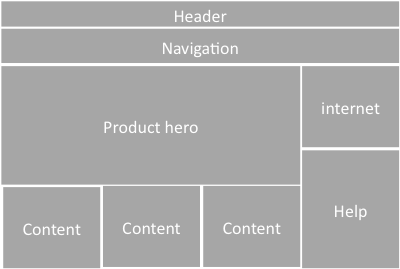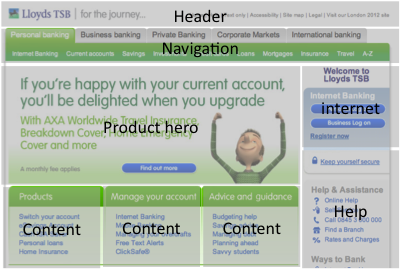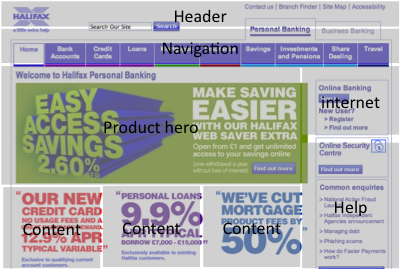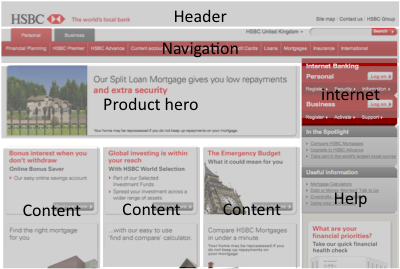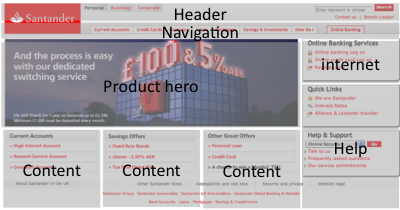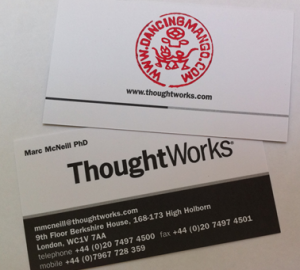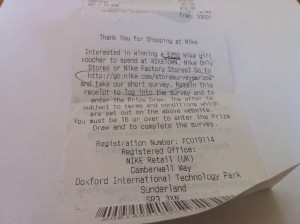Nothing and nobody is indispensable
The cemeteries are full of people who thought they were indispensable.
If you didn’t turn up to work tomorrow, if you never came back, what would happen? I mean, what would really happen?
The world wouldn’t stop.
Can you hand on heart say it would be the end of your organisation? So you may be the ‘key man dependency’, but is that your ego making you think that? (OK, so I once worked with an organisation who had one of those. Their system was written in some obscure language that only one person knew its inner workings. He spent his weekends base jumping. Our job was to migrate the data to a new system to alleviate this risk).
When was the last time you took a holiday? Been too frightened to because you fear everything will fall to peices when you’ve gone? Get over it. Take a vacation, Nothing will change whilst you are away. You’ll get back and nothing will have changed.
What is indispensable?
OK. Now think bigger. History is full of organisations who thought their products and processes were indispensable. Of the FT30, (the oldest index of share prices started in 1935) only one company (Tate & Lyle)is still there after seventy five years.
What do you think would really happen if your organisation ditched all that process and product baggage it held onto so closely? What would really happen? Are your current ways of working really indispensable? How about your business model? Maybe time to do some scenario planning to ask precisely those questions?
<Personal Interlude> Eight months ago I was a lazy tub of lard. I could barely swim the length of a pool, my bicycle had two flat tyres and I’d be breathless and beaten after running 50m to catch the train. I looked for a goal, something that was outside my comfort zone, my frame of reference. I entered the London triathlon, sprint distance. Completing a triathlon became an unobtainable dream (you have to understand that I went to Loughhborogh University, home to the Jocks, [and a rather good Human Sciences department and Ergonomics course, hence my attendance there], I felt totally alienated from all the sporty types, and triathlon represented the pinnacle of pointless exercise and sport). And slowly started training for it. Running, I hated. My first swimming lesson I discovered the need to breath. Cycling, I discovered the ride to work scheme and bought myself a decent bike. I put myself on a change programme. A programme of gradual change. Baby steps. And a few weeks ago it all came together at the London Triathlon; the swimming, the cycling and the running. A multi-disciplinary effort, a radical change to my being. And I completed it. In a not overly embarrassing time; in fact I can in the top half. but better still, I ended it charged up with how much faster I could have gone, now that I know what it is like. I paced myself too slowly. I’m buzzing on triathlon. </Personal Interlude>
Organisations I see are like the tub of lard I was. Full of inertia, and reasons why they can’t change, why they can’t be triathletes.
Yeah, wouldn’t it be great to be an Apple… But we just don’t have a Steve Jobs. Reasons why you can’t rather than inspiration, spirit and belief in why you can.
There is nothing in your organisation that is indispensable. There is no reason why you “can’t” other than your own myopia and inertia and inability to dream the future and train and practice to make it happen. All you need to do is get over the inertia and make it happen.
